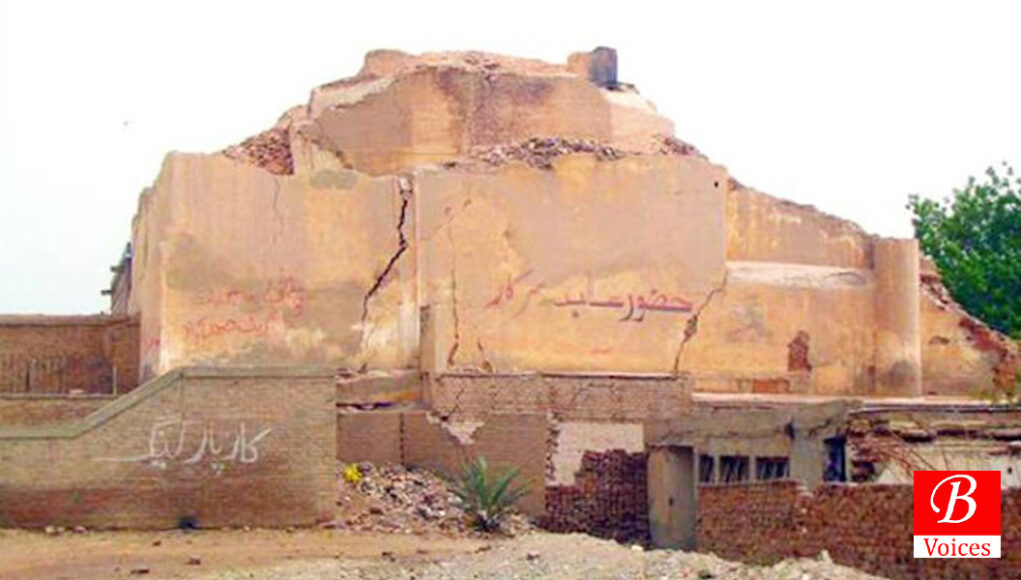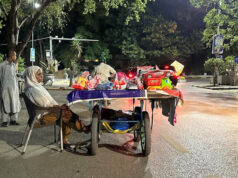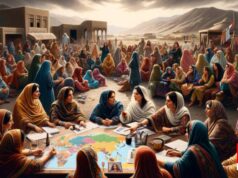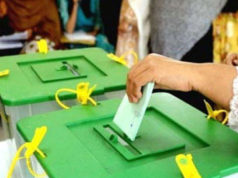Sher Ali
Religious sentiments and government policies seldom go hand in hand. The restoration of the Prahlad Mandir in Multan is a testimony to this fact as the government had to sustain pressure from such quarters to kick off the restoration work.
The Prahlad Mandir in Multan, significant in many ways for the Hindu community, also came under a mob attack triggered in the wake of the Babri Masjid demolition in India in 1992. According to Hindu traditions, the ritual of Holi originated in Multan, one of the oldest cities in the world, and was celebrated at the Prahlad Mandir. The Holi ritual was adopted by the rest of the world later. The Hindu community attaches much importance to Multan city due to the Prahlad Mandir. Therefore, this city has been an important destination for Hindu pilgrims from across the globe.
“Every Hindu nurtures an innate desire to travel to the Prahlad Temple for pilgrimage,” said Dr. Ramesh Kumar Vankwani, in conversation with Balochistan Voices. Vankwani heads the Task Force on Minorities, a newly constituted body comprising five senators and nine MNAs from minority communities that will monitor issues related to the rights of minorities in the light of the directions of the Honourable Supreme Court of Pakistan.
Amir Hashmi, a spokesperson for the Evacuee Trust Property Board (ETPB), while talking to Balochistan Voices said that the boundary wall of the Mandir has been restored and the Mandir will be restored to its original shape shortly.
Vankwani said the temple is adjacent to the shrine of Hazrat Bahauddin Zakariya, which bears testimony to the tradition of tolerance for religious diversity of Multan city. “Unfortunately, in response to the Babri Masjid tragedy in India, it was demolished by a violent mob in 1992,” Vankwani said.
Rana Irfan, a local Journalist based in Multan, said that it was not an easy task to start the restoration work on the temple. “The miscreants used to throw garbage here. They did not want its restoration. There was much resentment among the local population in this regard,” he informed and added that first the floor of the Mandir was cleaned. Then the boundary wall was constructed, although there was immense pressure from the religious majority not to reconstruct it.
The Supreme Court of Pakistan’s One-man Commission led by Shoaib Suddle visited the Temple in January 2021. The commission was formed by the court to monitor the implementation of the court’s 2014 judgment about the rights of religious minorities. The judgment, popularly called the Jillani judgment after the chief justice who passed it, included directives to protect the places of worship of religious minorities.
The Shoaib Suddle commission and its supporting members, lawyer Saqib Gillani and politician Vankwani collected information about the area of the Prahlad Temple, its supervision, and its rehabilitation plan. The commission had to submit its report to the top court.
Vankwani said that Pakistan is a minority-friendly country and Prahlad Mandir will be restored very soon. “Four temples are held in high religious esteem in Hindu religion which includes Prahladpuri, Katas Raj, Shri Maharaj, and Hinglaj Temple,” he informed and added that Holi and Diwali are two important festivals for Hindus religion, and it was here in Multan’s Prahalad Mandir that the festival originated. He said that the Prahlad Temple is a historical heritage site and it was expected that the restoration work of the site would be completed soon. He also hoped that the temple’s restoration will increase intra and inter-national religious tourism.
The temple has a historical significance in Hindu mythology.
According to the Department of Archaeology and Museums, the original temple of Prahladpuri is said to have been built in ancient Multan by Prahlada, the son of an Asura king who ruled the city, in honor of the Narsinga Avatar of the Hindu deity Vishnu. The temple is claimed to have been there in the 16th Century and might have been destroyed during conquests, according to the department. It is believed to have been rebuilt in the late 19th Century, the department survey claims.
A Hindu resident of Multan, who desired to remain anonymous, said that pilgrims from across the subcontinent used to visit this Mandir for pilgrimage in the past
According to a previous media report, a Local Peace Committee, which included religious scholars, representatives of civil society, and local administration, had decided in principle to restore the Mandir in 2021 through a unanimous decision. The committee was formed to promote interfaith harmony and to restore the temple in its original shape. The then chair of the Committee, Malik Aamir Dogar, who was also the then Special Assistant to the Prime Minister of Pakistan, had requested to the ulema and civil society to maintain peace in the city. He had appreciated the religious scholars for their role to promote interfaith harmony in Multan. He had vowed that the temple would be restored as per the vision of PM and on the direction of the Supreme Court of Pakistan.
The Ulema, including Syed Ali Raza Gardezi, Syed Mazhar Gilani, Khawaja Abdul Majid Siddiqi, and others, had endorsed the decisions of the meeting, according to media reports.
Share your comments!








